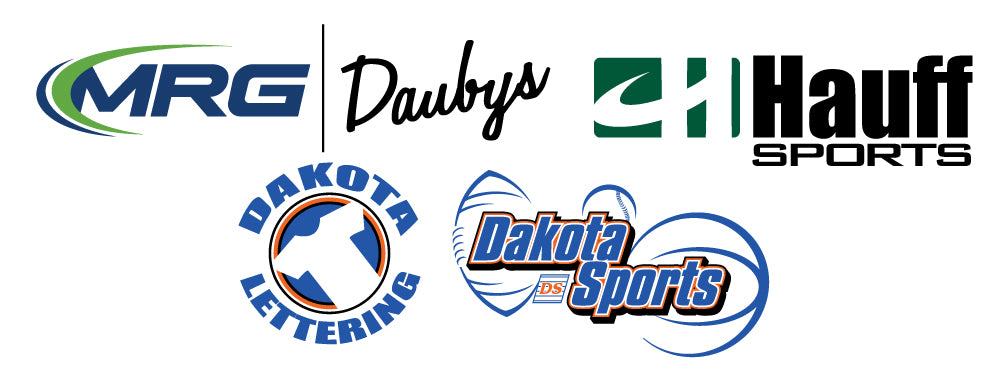What Changes—And What It Takes to Thrive
There comes a moment in many coaching careers when the clipboard gets replaced with a calendar, and the pre-game speech is traded for a facilities meeting. That moment? It’s when a coach becomes an athletic director.
It’s a promotion. A new challenge. And, occasionally, a rude awakening.
While coaching and athletic administration are in the same ballpark, they’re very different games.
This article unpacks what to expect when making that transition, which skills carry over (and which don’t), and what it takes to go from coaching a team… to leading an entire department.
Coaching vs. Athletic Directing: The Core Shift
1. From Player Development to Program Oversight
As a coach, your focus is razor-sharp: teach skills, build team chemistry, and win games.
As an athletic director (AD), your lens zooms way out: now you're managing budgets, facilities, compliance, scheduling, and—oh yes—coaches who were once your peers.
Success shifts from “Did we win Friday night?” to “Is the entire athletic program healthy, legal, and respected?”
2. From Direct Control to Distributed Influence
Coaches control the huddle. They call plays, dictate lineups, and set the daily pace.
ADs don’t call timeouts. They influence from behind the scenes—shaping policy, managing personalities, and steering the ship rather than rowing it.
It’s less about being in the spotlight and more about keeping the lights on.
3. From One Team to All Teams
Your new job isn’t just to care about basketball or wrestling or whatever sport you once led. It’s to champion all programs equally—whether or not you know the rules of volleyball or how swim meets are scored.
Every coach now deserves your advocacy. Every athlete is now your responsibility.
And yes, you'll be expected to smile and nod knowledgeably during cross-country results.
Critical Skills for the New Role
Some skills you’ve built as a coach will help you in this new role. Others, you’ll have to develop quickly. Here's what changes:
1. Administrative Savvy
Say hello to spreadsheets, purchase orders, facility contracts, and transportation logs. Much of your time now is spent behind a desk, not blowing a whistle.
- Can you manage a budget?
- Schedule 12 different teams fairly?
- Deal with insurance paperwork?
Welcome to the operations side of athletics.
2. Communication and Diplomacy
You’ll be the go-between for coaches, parents, school boards, officials, and janitors. And yes, sometimes they’ll all want different things… at the same time.
Being clear, respectful, and responsive—even when you’re frustrated—is critical. Think less of a locker room pep talk, more of conflict resolution in business casual.
3. Listening Without Reacting
You’re going to hear a lot. Angry parents. Confused athletes. Coaches are lobbying for more resources.
Your job? Listen, validate, ask questions—and then act. The ability to gather input without instantly “fixing” is a leadership superpower in this role.
4. Team Building (with Adults)
You’re no longer building a team of athletes. You’re managing a team of coaches with egos, styles, and opinions of their own.
Supporting them, holding them accountable, and helping them grow? That’s your new win-loss record.
5. Vision and Leadership
As an AD, you’re not just reacting to what happens—you’re shaping what could happen. Culture starts with you.
- What does success look like across all programs?
- How do you create consistency without crushing creativity?
- How do you define and protect the mission of your department?
You’re not just running the show. You’re setting the tone.
Mindset Shifts That Matter
From Urgency to Patience
Coaches thrive on intensity and fast results. ADs need long-term perspective, measured decisions, and the patience to deal with bureaucracy.
That grant might take six months. That coach might need time to evolve. Not everything can be won in four quarters.
From Emotional Investment to Professional Distance
It’s hard to let go of the team you once coached, or not get wrapped up in every game’s outcome.
But now, you represent fairness, not favoritism. Being neutral isn’t cold. It’s necessary.
From Coaching to Mentoring
You're not here to micromanage your coaches—but to guide, support, and develop them.
Sometimes that means stepping in. Other times, it means letting them fail safely. Knowing the difference is part of your growth.
Building Trust in the New Role
When you move from coach to AD—especially within the same school—it changes your relationships. Here’s how to navigate it:
- Set clear expectations early. Let coaches know where you stand and what your priorities are.
- Respect their autonomy. Don’t hover or second-guess their every move.
- Be consistent. Nothing builds (or breaks) trust faster than how you handle conflicts and decisions.
- Be seen. Show up at games, walk the halls, and visit practices. You can’t lead from the office alone.
Final Thought: You Still Shape Athletes—Just Differently Now
As a coach, you changed lives up close. As an AD, you still change lives—but through systems, culture, and the people you support.
You might not hear the crowd roar anymore. But you’re the reason the lights are on, the buses run, the games happen, and the coaches grow.
That’s legacy work. And it matters.
______________________________
First time here? Score 10% off your next order when you join our list!


